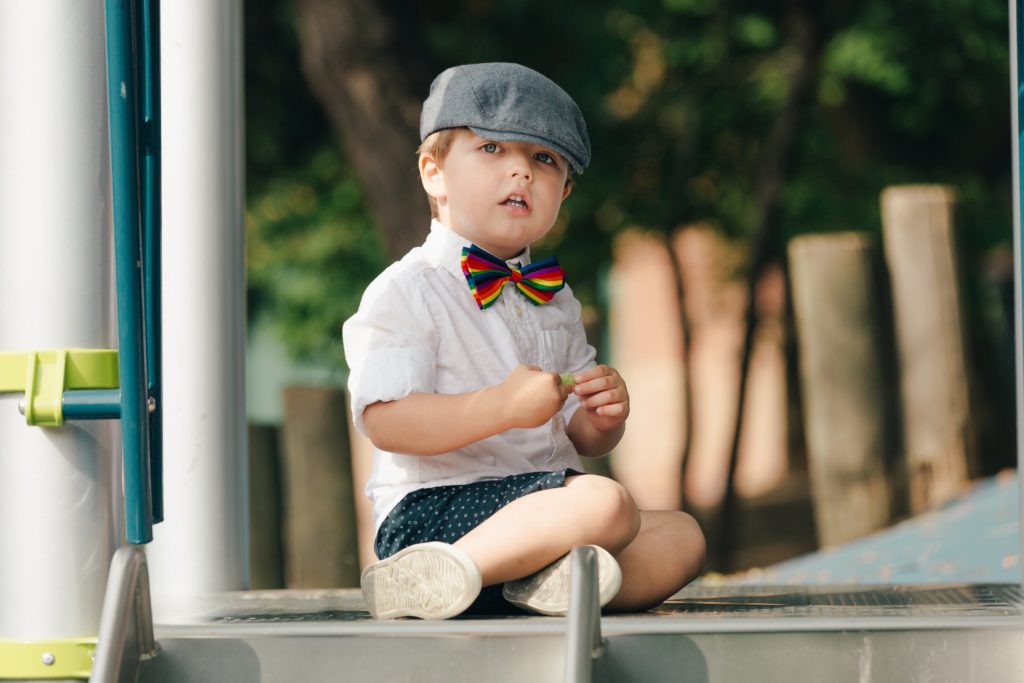In a world that thrives on diversity, the concept of family has transcended traditional boundaries to embrace an array of structures, backgrounds, and dynamics. The modern landscape of children’s families is a tapestry woven from threads of varied cultures, identities, and orientations, reflecting a celebration of humanity’s rich mosaic.
The very notion of family has evolved to encompass a myriad of arrangements, from single-parent households and blended families to same-sex partnerships and multi-generational homes. Children’s families are a testament to the complexity and beauty of human relationships. Picture books, storytime sessions, and educational materials that depict diverse family structures are valuable tools that normalize various family setups, fostering understanding and acceptance from an early age.
Books are windows to different worlds, and children’s literature plays a pivotal role in shaping perceptions and nurturing empathy. Picture books like “The Family Book” by Todd Parr and “Stella Brings the Family” by Miriam B. Schiffer introduce children to the idea that families can be diverse and unique. These stories, accompanied by colorful illustrations, offer children a safe space to explore and question the differences they encounter in their own lives.
Schools are fertile grounds for cultivating inclusivity. Inclusive curricula that acknowledge diverse family structures and histories promote open conversations about differences. Classroom discussions, supported by teaching aids such as charts illustrating various family compositions and cultural celebrations, encourage children to appreciate and respect the richness of their peers’ backgrounds.
Conversations at home are the cornerstone of nurturing inclusivity. Dinner tables, car rides, and leisurely walks offer opportunities for parents and caregivers to engage children in meaningful dialogues about diversity and family. Interactive games that prompt discussions about different customs, languages, and traditions can facilitate learning while promoting an inclusive mindset.
Embracing diversity goes beyond the home; it extends into the community. Festivals, events, and workshops that celebrate cultures, ethnicities, and orientations create spaces for families to come together and share their unique stories. Collaborative art projects, cultural showcases, and community resource fairs are tangible ways to promote inclusivity.
In today’s digital age, children’s exposure to the world extends beyond physical boundaries. Websites, social media, and online forums provide avenues for children to learn about different family setups and cultures. Educational apps that explore family diversity through interactive games and virtual tours help bridge gaps of understanding.
While celebrating diversity and inclusivity is essential, challenges may arise in the form of stereotypes, bias, or misconceptions. Addressing these challenges requires ongoing efforts. Children’s books that confront stereotypes, classroom activities that encourage critical thinking, and community workshops that emphasize empathy can collectively address these issues.
Through literature, education, conversations, and community engagement, we create a world where children grow up appreciating the beauty of differences and embracing the richness that diversity brings. Picture books that depict various family structures, classroom discussions, interactive games, cultural events, and digital platforms collectively shape an environment where every child’s family is valued and celebrated. As we cultivate this spirit of inclusivity, we lay the foundation for a future generation that values the uniqueness of each family’s journey, echoing the sentiment that every family is a beautiful piece of the intricate puzzle that makes up our diverse world.



